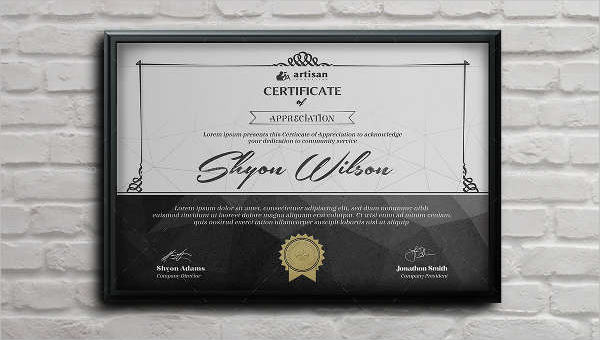30+ Certification Examples to Download
The growing competition in the industry is becoming a tough challenge. The company’s recruiters are looking for a way to identify the best talents among the endless queues of applicants knocking for a chance of a lifetime. Certificates certainly add weight to an individual’s background credentials. They are a proof of his or her training, experience, and recognition’s that any group or organization would like to have aboard. More than being a testament of talent and credibility, certificates are also a good way to boost anyone’s morale and encourages them to perform their best even more. They might be another document, but they convey pride and joy to every recipient worthy enough to have them. Using professional certificate templates can make creating these certificates easier and ensure they look polished and meaningful.
30+ Certification Templates & Examples
Termination Certification Template
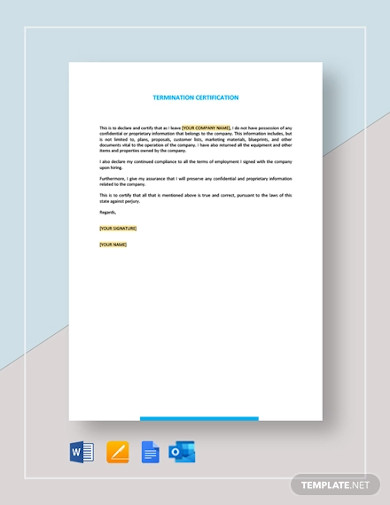
Professional Certification of Appreciation
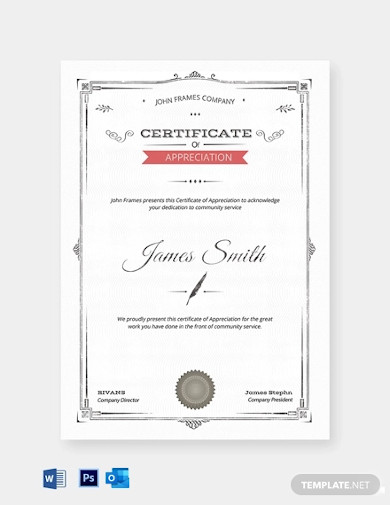
Certification Enclosing Financial Statements
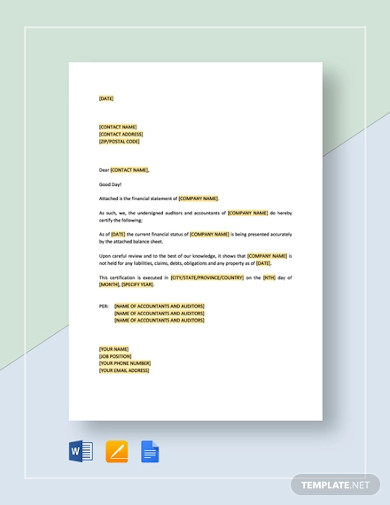
Free Certification Request Letter
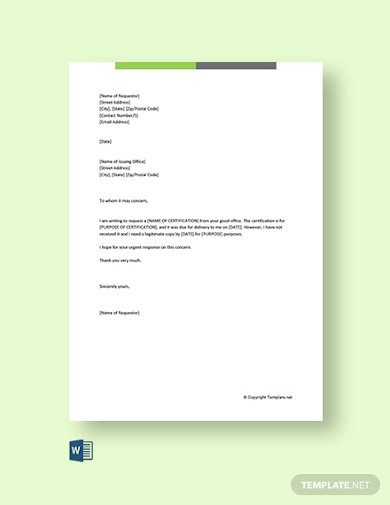
Student Certificate of Excellence Example Template
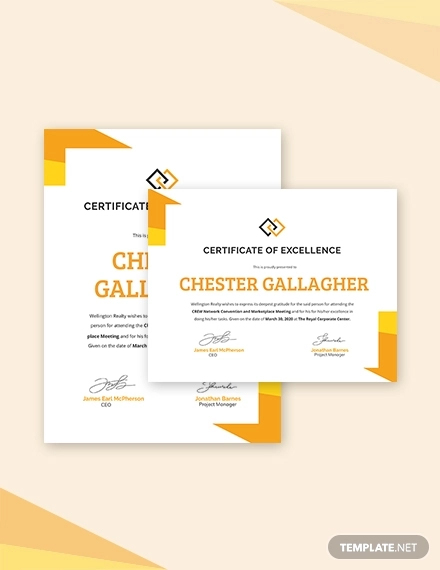
Elegant Certificate of Performance Example Template
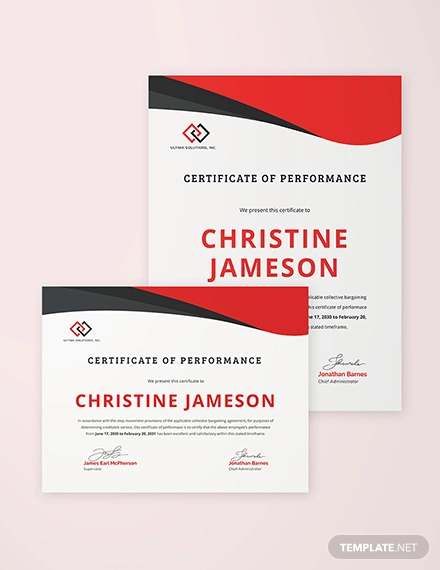
Employee Appreciation Certificate Example Template
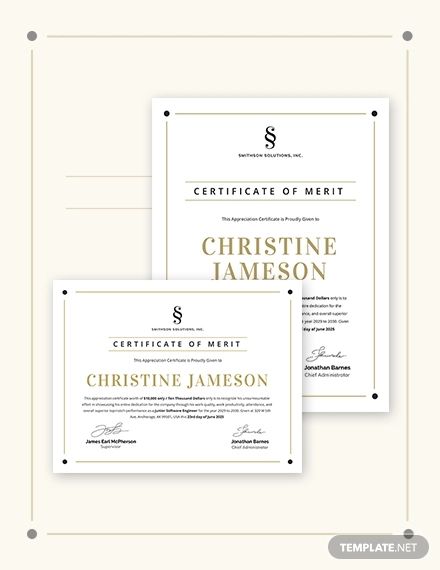
Award Certificate Example Template
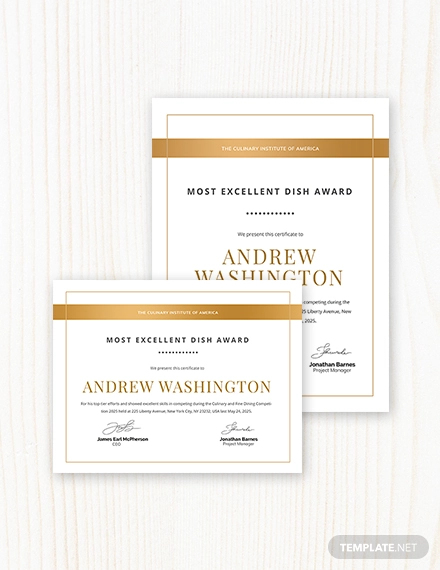
Free Certificate of Employment Template
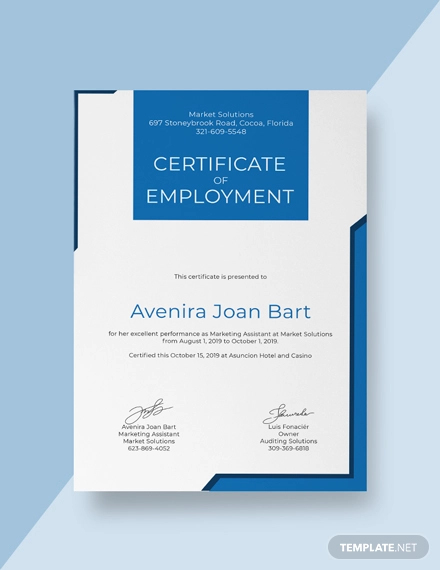
Divorce Certificate Template
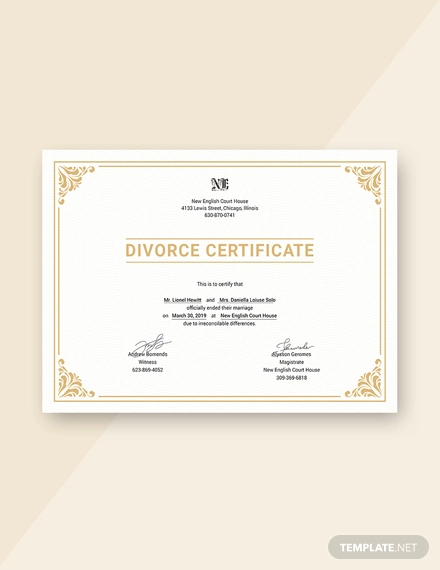
Baptism Certificate Template

Training Certification Example
Excellence Training Certificate
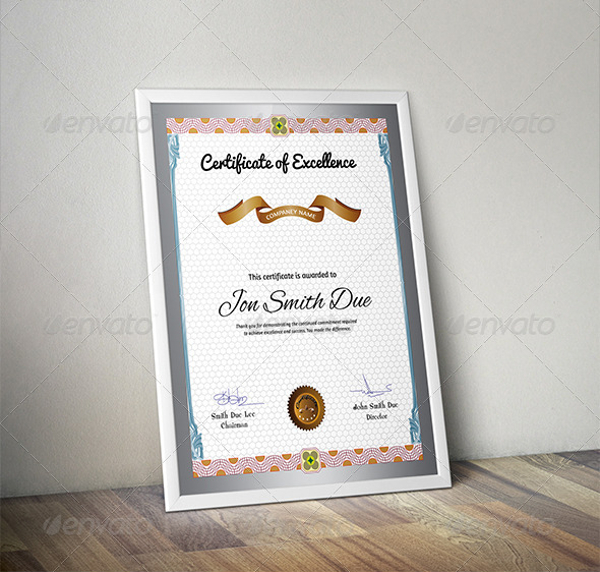
Corporate Certificate
Company Corporate Certificate

Appreciation Certification
Simple Appreciation Certificate
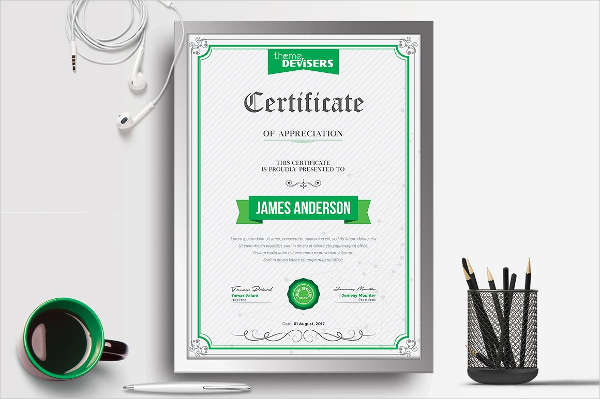
Exam Certificate
Doctors Exam Certificate
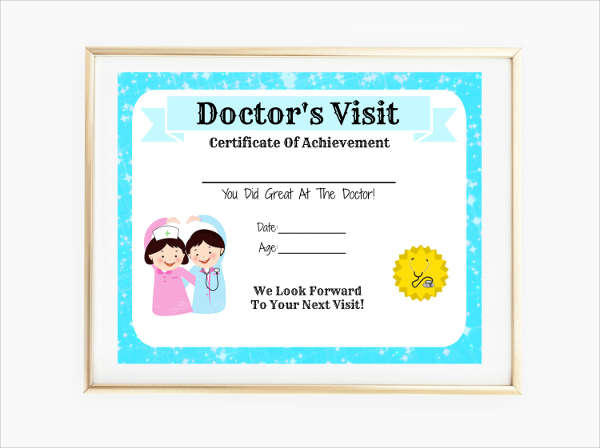
Modern Certificate Template
Modern Achievement Certificate
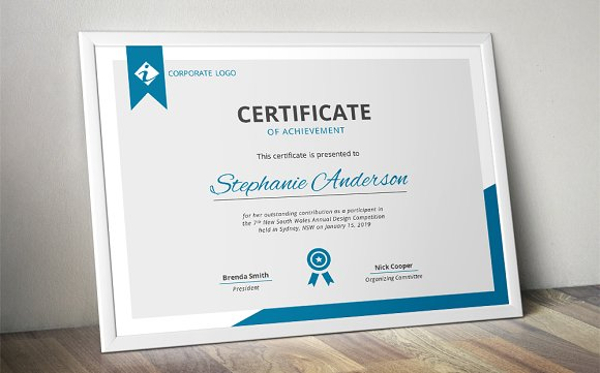
Gift Certificate Example
SPA Gift Certificate

Business Gift Certificate
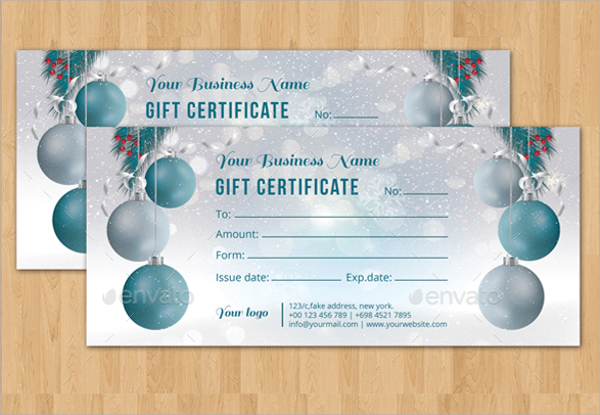
Business Certificate
Employee Business Certificate
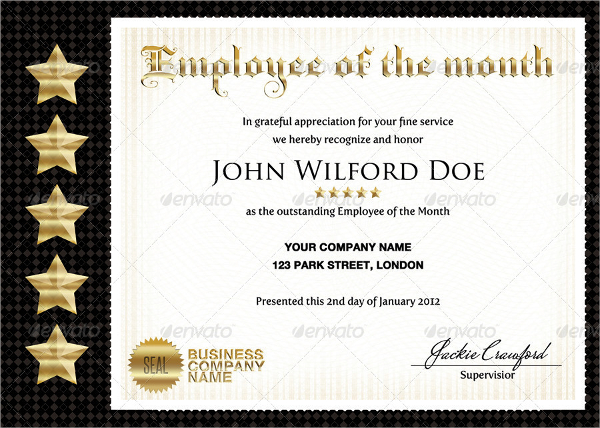
Completion Certification
Completion Appreciation Certificate
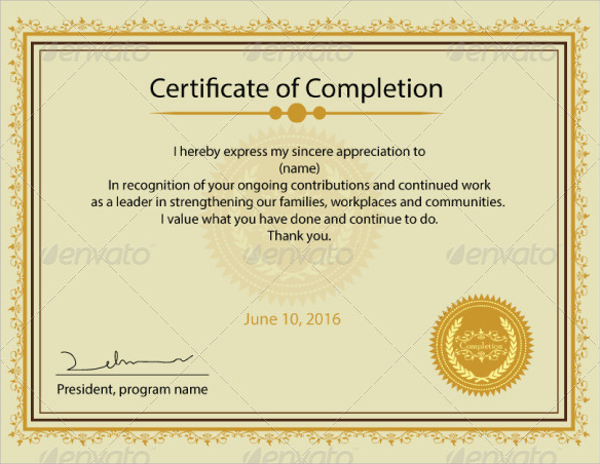
Education Certificate
Education Appreciation Certificate
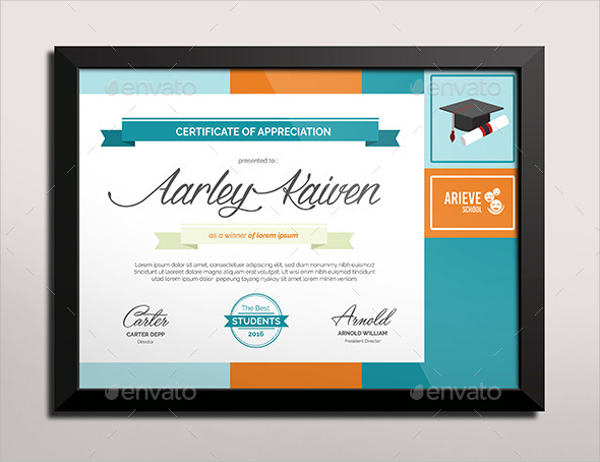
Marriage Certificate Sample
Sample Marriage Certificate

Multipurpose Certificate
Multipurpose Completion Certificate
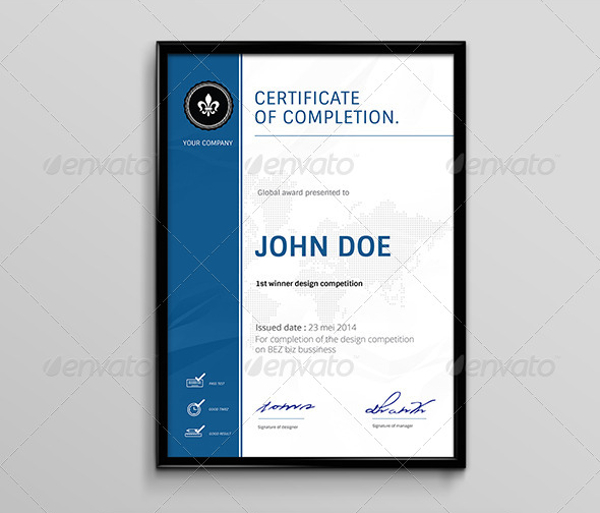
Appreciation Certificate
Volunteer Appreciation Certificate
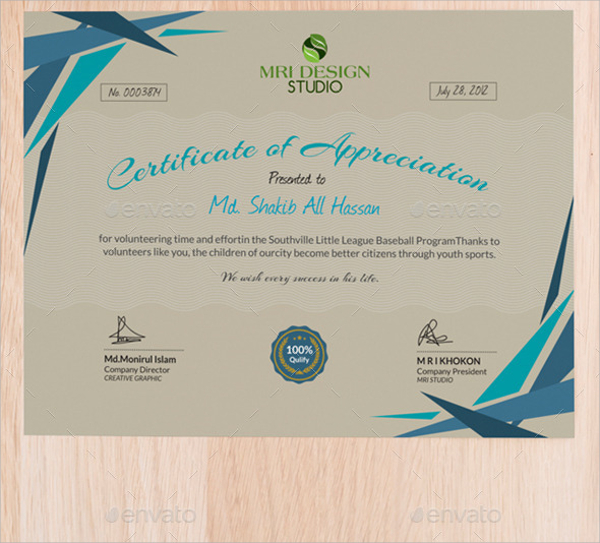
Unique Certificate
Unique Training Certificate
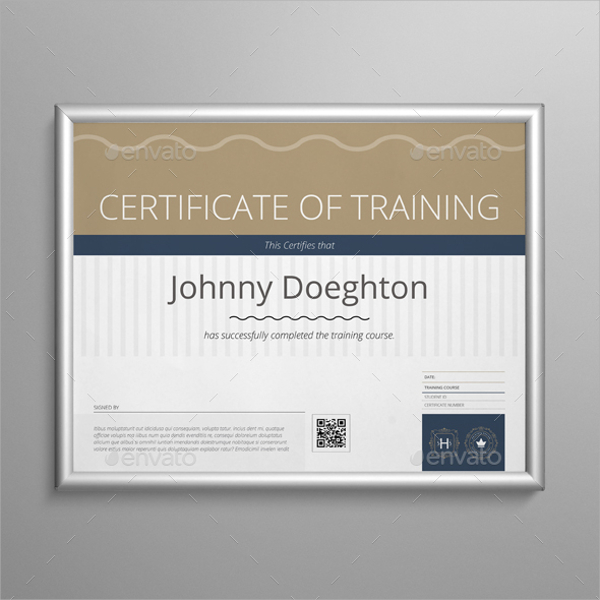
Professional Certification
Professional Company Certificate
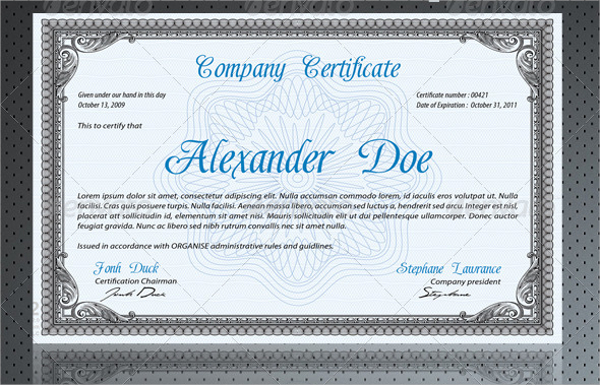
Certificate of Authenticity
Simple Authenticity Certificate

School Certification
School Achievement Certificate
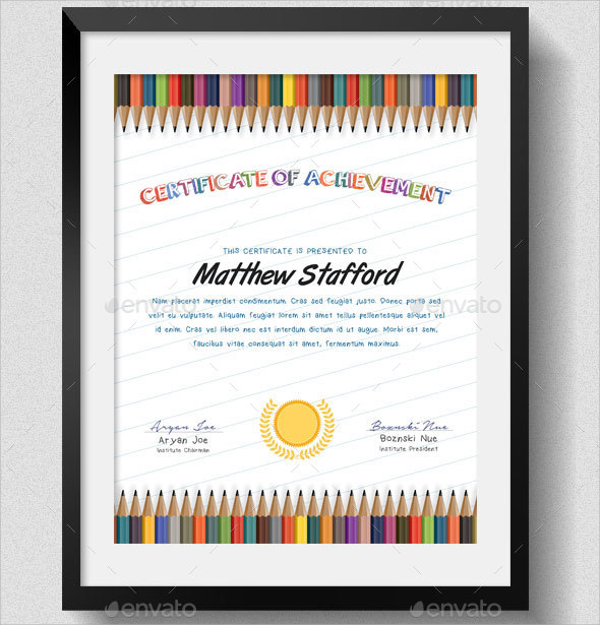
Corporate Certificate
Company Corporate Certificate
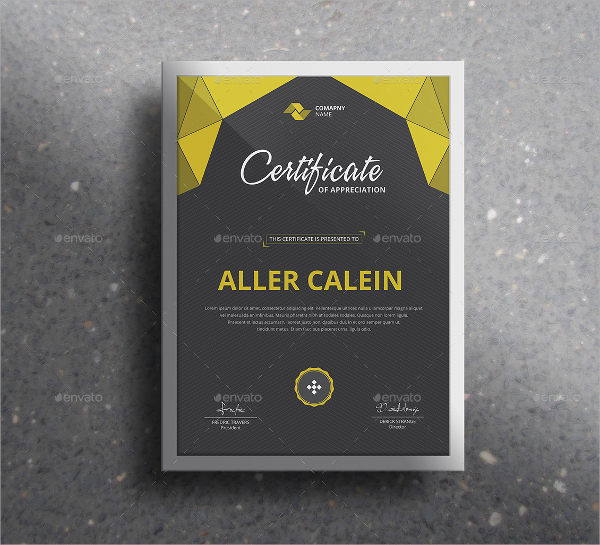
Universal Certificate
Universal Achievement Certificate
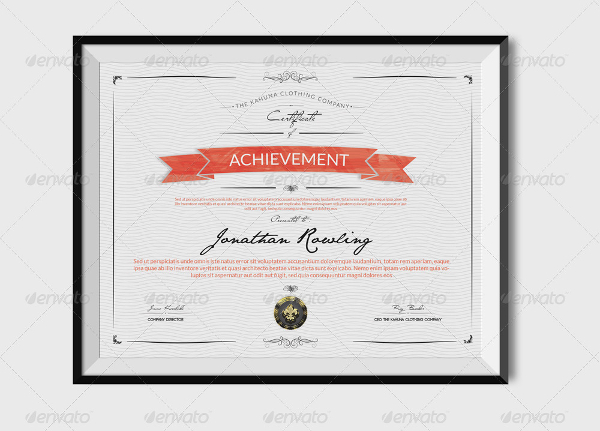
What Is a Certificate?
A certificate is a document that serves as an evidence or a written testimony about certain characteristics, status, qualifications, and privileges of a person or an organization. It also refers to a document granted to a person attesting that he or she has completed a course, passed a series of examinations (usually in an academic purpose), completed a training set, and attended a seminar or workshop. A certificate is also used to determine whether an individual is knowledgeable enough to do a specific job or has the qualifications and privilege to perform a particular task.
How to Create a Certificate
If you’re in a company’s management team, you might think certificates are corny, but employee recognition is actually really valuable. Boston Consulting Group’s online study found out that among 200,000 employees in 189 countries, most of them consider appreciation to be the most influential engagement driver. It ranked higher than salary benefits and other benefits. Expressing your acknowledgment through certificates might result in more advantages than you can imagine.
1. Keep Your Layout Clean
When you begin the foundation of your certificate’s design, it’s best to keep your content to a minimum and have a neat and spacious certificate layout. This means decluttering your content space and including only the necessary details. It’s also best not to exaggerate your design additions and border to allow more space in between your texts and graphic elements. An achievement certificate often takes a precious spot on your wall. A crowded layout would be distracting and would make it hard for anyone to read what’s on display.
2. Format Accordingly
A certificate takes on a distinct format that makes it distinguishable among any print documents. When you’ve gathered all the information you need to fill in the content, make sure to employ the right experience certificate format. This means including the citation, the recipient’s name, the dates, and the signatures should be in the right order. Be sure to have all the correct details by double-checking your information before finalizing the process.
3. Mix and Match Typography Styles
A certificate may frequently denote a formal and dignified presentation, but this doesn’t require you to adapt basic fonts as well. This isn’t a business document. It’s a graphic output. Dare to use different font styles that represent your certificate’s purpose and design well. When using multiple fonts, limit your choices up to three types of only. One font shouldn’t throw off all the other; they should seamlessly blend together. Don’t be afraid to explore other font options. As an example, if you’re making a participation certificate for little children, you can use those fonts that are fun, bright, and playful. If you’re making appreciation certificates to your friends as a fun gift, you can use any font that you think best fits your preference.
4. Use a Fitting Design Theme
Establishing a design theme is an important part of any creative project or graphic design. When you’re given an idea and a motif on what a layout should look like, you’ll immediately know what design angle you’ll be going for. In most cases, when you’re asked to do award certificates or completion certificates for an event, you’ll only need to take note of the event’s theme and mirror it on your design. If it’s a certificate used in a workplace to recognize employees, the company usually prefers that their print material adheres to their branding’s palette with their logo. But if there’s no established theme and you’re granted with the creative freedom to apply what you think is best, start by assessing the certificate’s purpose and situation where it will be presented.
What is the difference between a certificate and a diploma?
The difference between a diploma and a certificate lies in the academic scene. A certificate is given to students who have completed their requirements but doesn’t directly relate to their graduation. A diploma is granted when a student graduates from the institution.
What are the parts of a certificate?
Certificates vary in styles and content, but the following are some of its necessary components: 1. Recipient’s name 2. Presentation line 3. Signatures 4. Title 5. Description 6. Date 7. Name of the organization or institution which presented it
Is it acceptable to present a softcopy of a digital certificate?
Your digital certificate already has a distinct and verified link. There’s no rule saying that you should get a printed copy, but for safekeeping, you might as well get one.
Certificates bring both pride and honor because they intend to make any recipient feel that way. It’s that sweet trophy after a grueling course or your sack of gold after toiling hard in silence. It speaks of credibility and acknowledgment. It’s a valuable piece for any person because it’s a testament to his talent and dedication. Our certificate examples above efficiently match any purpose. Assess your needs, make your selection, and download now!


